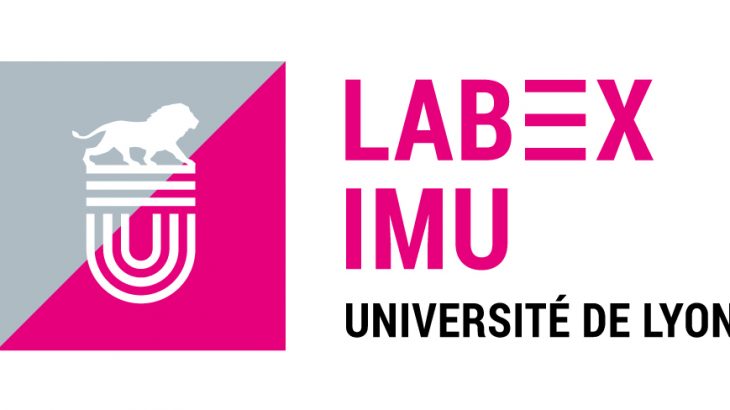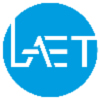Résultats de la recherche pour : modelling
-
20 juillet 2018
3M’AIR – Mobile citizen measurements and modelling: air quality and heat islands in Lyon (2018)
Summary: The study of air quality and heat islands in urban environments in the context of climate change constitute two complementary issues that lend themselves to a multidisciplinary approach involving the measurement and modelling of phenomena. In effect, local air quality is modified by urban heat islands, as they affect both the characteristics of the […]
+
-
5 juillet 2018
BATI3D – 3D modelling as a heuristic tool for the reconstruction of ancient structures: ethno-archaeological approach and technical experimentation (2012)
Summary: The BATI3D project aims to combine three complementary approaches to contribute to the reconstruction of buildings dating back to the pivotal era of the 4th and 3rd millennia BCE (Chalcolithic/Ancient Bronze ages) in which the first cities emerged in the Near East, while simultaneously developing new experimental ground in the area of generating virtual […]
+
-
25 juin 2018
Colloque « Accessibility in urban modelling: from measurement to policy instruction » (LAET) (Juin 2018)
Le LAET a organisé, à l’ENTPE, le 18 et 19 juin 2018 l’atelier du groupe NECTAR cluster 6 – Accessibilty. L’atelier portait sur « Accessibilité et modélisation urbaine : de la mesure à l’évaluation des politiques ». Pendant les deux jours d’événement, près de 20 travaux de recherche ont été présentés par des équipes de […]
+
-
23 juillet 2018
SIMODEM – Simulate the mobility of household waste (2018)
Summary: The SIMODEM research project aims to enrich our understanding of factors affecting mobility associated with household waste in the urban environment and propose a model. The aim is to estimate all the environmental impacts associated with the management of the various types of household waste, from production to collection, recycling and disposal of the […]
+
-
HYPERTHESEAU – Hyper thesaurus and data lakes: mining the city and its archaeological archives (2018)
Summary: HyperThesau seeks to establish to a systemic overview of the impact of digital technology on scientific archaeology and on the construction, by its public, of a collective, ‘imaginary’ vision of its cultural and urban heritage. The project will drawn on ontology, system architecture and the user experience of interactions between a hybrid archaeological community […]
+
-
16 juillet 2018
HIREAU – How to reconstitute the history of sanitation and drinking water networks – application to the Lyon Métropole area (2016)
Summary: The sanitation and drinking water networks were built and extended by and for the city. This existing heritage affects management practices: several studies have shown the primordial importance of knowing the installation date and pipe materials in order to estimate their current state of deterioration and predict their degradation. The challenge for Lyon Métropole […]
+
-
URPOLSENS – Wireless SENSor Networks for URban POLlution Monitoring (2015)
Summary: Monitoring air pollution is an issue of major importance. Today, knowledge about concentrations of pollutants is obtained by combining models of road traffic, weather, etc. and precise measurements taken by a few stations but very costly and therefore few in number. This results in estimates of average pollution levels on a very large scale. […]
+
-
5 juillet 2018
KITE – Multi-scale approach to the environment of desert kites: human/environment relations and implantation and subsistence strategies in the ancient urban context (2012)
Summary: Desert kites are architectural structures imagined and built at the borders of human-made areas, which are found in large numbers in the Near East along the edges of urban agglomerations. Their construction and use might date back to the Neolithic period. They testify to a capacity for joint planning with sharing of technical knowledge […]
+
-
IDEFFE – Estimated usages and aggregation of buildings energy data via experimental identification of physical models (2013)
Summary: Unlike consumption, building energy efficiency cannot be measured directly. The efficiency of a solution can only be estimated by comparison with the results that would have been obtained without applying this solution. This is thus an indirect measurement that requires a baseline reference, a technological barrier to be removed with experimental and reproducible measures. […]
+
-
ASTRAL – Spatial-temporal analysis of traffic data for smart mobility (2014)
Summary: Large agglomerations are faced with rising and increasingly diverse mobility demands, just as the need for sustainable mobility is also a growing focus. The joint evolutions of “urban rhythms” and “territories of daily living” are tending towards individualisation of mobility practices. Policy-makers seem to be addressing these issues, at least in the large agglomerations, […]
+


